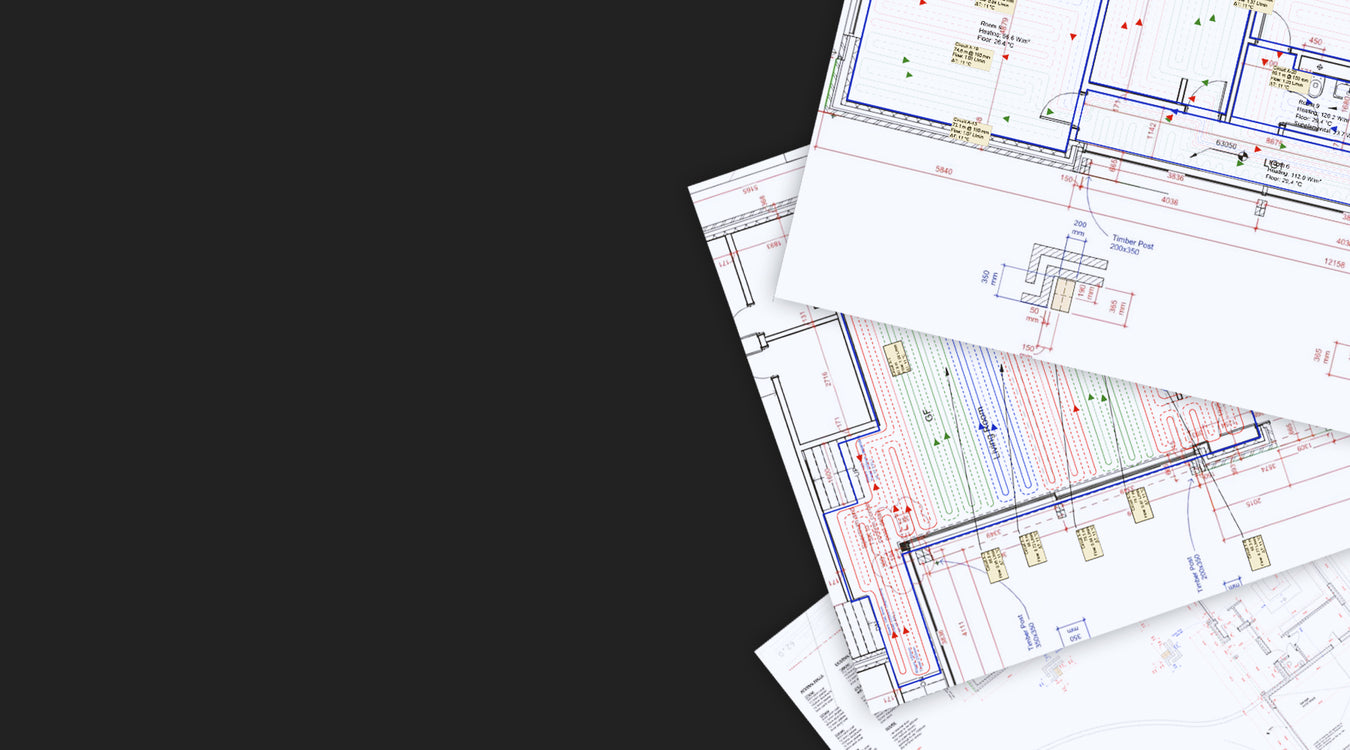Water underfloor heating is a heating system that works by circulating warm water through pipes that are installed beneath the floor of a building. The pipes are typically made of high-density polyethylene (HDPE) or cross-linked PERT, and are connected to a central boiler or heat pump that heats the water.
The warm water circulates through the pipes and heats the floor from below, which in turn radiates heat into the room. The system is typically controlled by a thermostat, which regulates the temperature of the water and the surrounding space.
Water underfloor heating is often used as a primary heating system in new constructions or as a retrofit solution for existing buildings. It can be installed under a variety of flooring types, including tile, stone, wood, and carpet.
Water underfloor heating is known for providing a comfortable, consistent heat throughout a space, and is often considered more energy efficient than traditional heating systems.

 Get A Free Quote
Get A Free Quote
 Contact Our Team
Contact Our Team
 View Account
View Account


